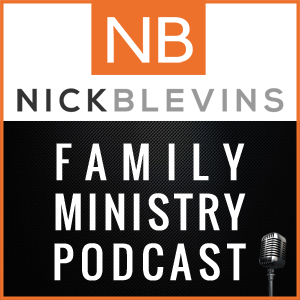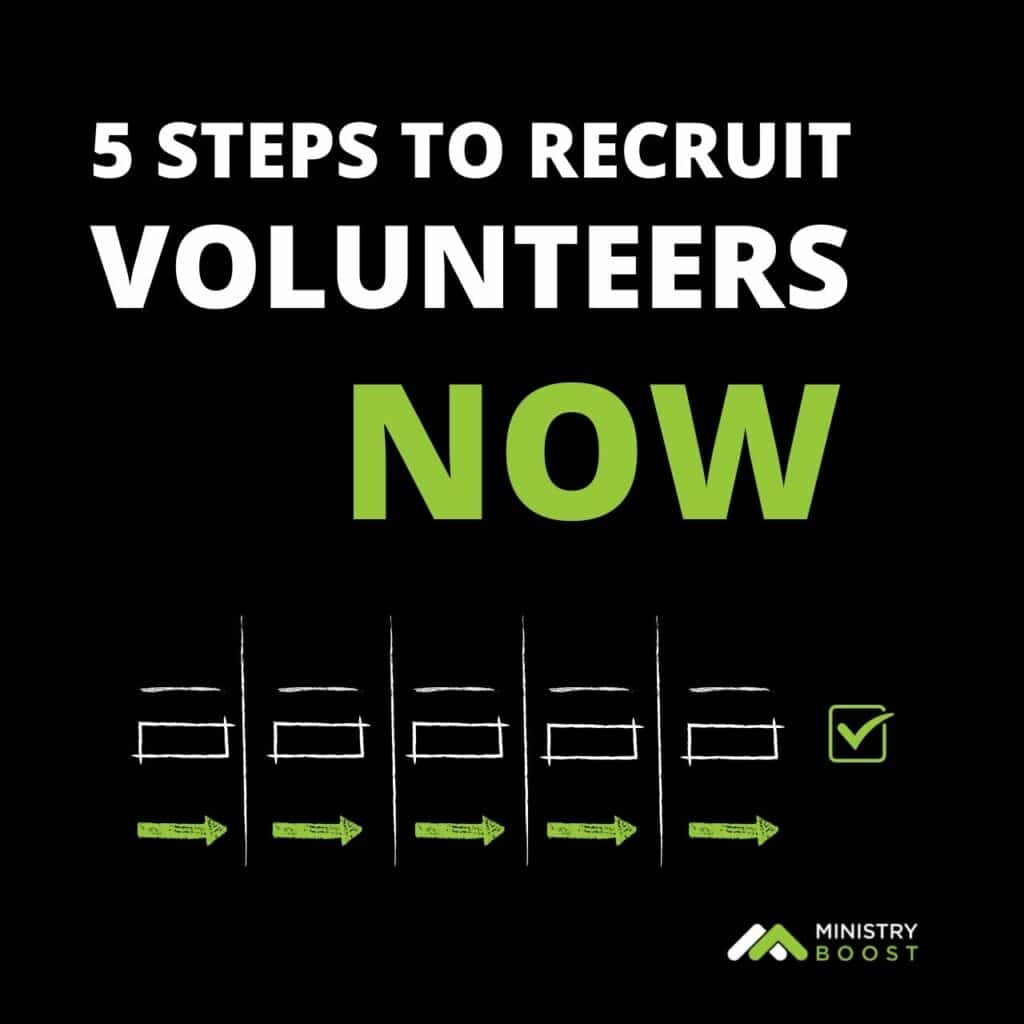The Lead Small Strategy is one of the many gifts that Orange has given to the Church. “Lead Small” is a term coined by Orange to focus on the importance of providing small groups for every kid and every student. It's the idea that life change happens best in the context of community where someone can truly belong. It calls for volunteers who will serve as Small Group Leaders and show up every week for their group. They will, in many ways, be the pastor to their few. Their group of 2nd-grade boys or 10th-grade girls, or whatever the group might look like.
People have asked me about the small group approach many times and I always tell them the same thing.
It's hard. It's very hard.
Much harder than any other model of ministry I have seen in children's and student ministries.
However, it's better.
The hard work and challenges are worth it. We have over a decade of experience in this model and so many stories that show just how much better this approach is in the long run. As we have led through this model over the years, I'm writing this post to outline the Lead Small Strategy in the event it might be helpful to you.
4 Questions to Help You Lead Small
These 4 questions are ones we had to answer as we have attempted to Lead Small in family ministry since our church was started in 2006. I hope they can help you transition to lead small or improve your small group strategy as we are attempting to do.
Why do you believe in Lead Small?
You may not, yet. Read Lead Small Culture and Lead Small and see if you do. If you do, however, you'll need to know why. You can't cast a vision for Lead Small until you can clearly articulate why your ministry needs to lead small. People care a lot more about why than they do about what and how (see Simon Sinek talk about it at TED).
Who is the primary champion of lead small in your ministry?
Hint: it should be you. Whether you're the Preschool Director, Student Pastor, NextGen Pastor, or another role in family ministry, you should be the primary champion of lead small in your ministry. If you lead student ministry, you should be the primary champion of lead small with students. If you are a large group director for elementary, you should be the one who champions small group and makes sure everything you do in large group sets up small group leaders for great conversation.
If your structure includes a Family Pastor or NextGen Pastor, that person should be the biggest champion of Lead Small because it must start at the top. It's not just about being a champion either, it's about accountability and ensuring Lead Small is happening. Does that mean you have to specifically manage it? No, which leads to the next question.
Who is responsible to lead small group leaders at each age level?
While everyone should champion lead small, somebody has to specifically lead and care for small group leaders in each environment. That could be you. It could be a team of volunteer coaches who lead small group leaders. It could be a part-time staff person. All of that will depend on your church size and staff/volunteer structure. But, we can't effectively create a lead small culture for kids and students if we're not doing the same thing for their leaders.
How will you get weekly small group leaders?
Creating a consistent small group experience for kids and students requires a weekly presence in their lives. The time commitment from the leader increases as kids get older, but a weekly commitment is the starting point. Taking a break in summer is a good way to help them refresh and create new momentum in the fall.
Will you lose volunteers if you transition to every week? Probably.
There's no way around that. You're raising the bar and some people won't meet the new expectation. A lot of children's ministries have volunteers serve every other week. But, think of it this way, you just need half of them to make that commitment to maintain your current ratio. If you have 40 bi-weekly leaders you only have 20 in the environment each week. So, if 20 of 40 quit, and 20 stick, you are right where you left off and more lead small. You'll want to develop a plan beginning with how to cast the vision (A LOT) all the way to making the move.
3 Keys to Maintaining & Improving a Lead Small Strategy
Once we have established a culture of small groups, how do we maintain and improve upon it? Here are 3 keys we have found to be crucial in maintaining and improving small groups for kids and students.
Remove everything that competes with small groups
Just like with adults, there is a difference between a family ministry of small groups and a family ministry with small groups. Making small groups the foundation of our ministries requires removing anything that competes with that. Examples might include:
- Sunday School or other programming that takes place during children's ministry and pulls potential volunteers away.
- Student ministry large group experiences that take the place of small groups.
- Additional Sunday night or mid-week programming if it pulls away potential leaders.
- Too many events that compete for time from staff, volunteers and families.
- Staff hours dedicated to something other than small groups.
Transitioning to a Lead Small approach in family ministry may require making some hard choices. What choices do you have to make?
Develop a training system
Small group leaders are the pastors to kids and students in our ministries. They are on the front lines, in their lives, investing the most. We should train them accordingly. We currently have a specific training plan for children's ministry volunteers and student ministry volunteers. One of the conversations we've been having is about creating a separate training system for small group leaders. How do you regularly train and develop small group leaders?
Invest in them like you want them to invest in their few
Our leadership structure includes a Coach role, which is a volunteer role dedicated to leading a group of leaders. Most Coaches lead a team of children's ministry or student ministry small group leaders. We define the win for that role as:
Your few are cared for and equipped to invest in their few
The “do for a few” language comes from the Lead Small book and we want it to be common language in our family ministry. If we don't invest in our small group leaders how can we expect them to invest in their few? We have a lot of room to improve in this area and that's a big focus for us this year. What do you need to do to invest in your small group leaders more?
Lead Small Resources
- The Lead Small book
- The Lead Small Culture book
- The Art of Group Talk books
- Lead Small Ice Breakers
- Lead Small App
- LeadSmall.org
- Do For a Few Small Group Leader Training
Lead Small Stories and Life Change
After having used this model for over a decade, we have seen so many great stories unfold because of this approach.
- By in large, if an elementary child or a middle/high school student gets baptized, the small group leader is usually who they choose to baptize them.
- Kids choose which service to attend based on sticking with their small group.
- Leaders serve weekly and many will stay with their groups for 3+ years (especially in student ministry).
- Small Group Leaders have been the connection to parents going through a difficult time.
- Kids love when their small group leaders show up at their games, shows, etc., and some of our leaders really go over the top.
- High school students serve as small group leaders in elementary to pay it forward after the experience they had.
- Graduated students stay connected with their leaders from their high school small group.
- Parents turn to small group leaders for help in leading their children.
- Small Group Leaders develop enough trust where kids and students share really important, and sensitive, truths.
I could go on and on, but you get the idea. Those stories can happen in all models of ministry where relationships are formed and the gospel is center, but there's no doubt that we have seen more fruit from this approach than I've ever seen from other approaches.






